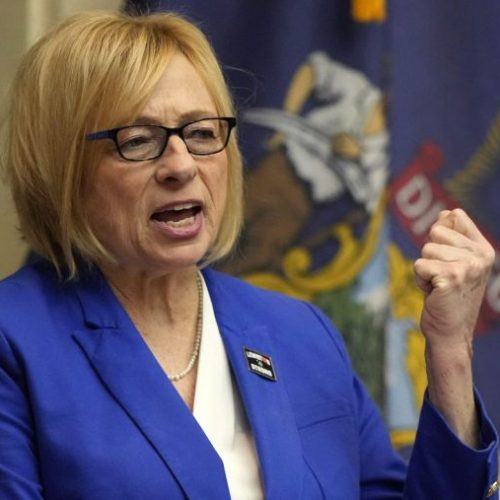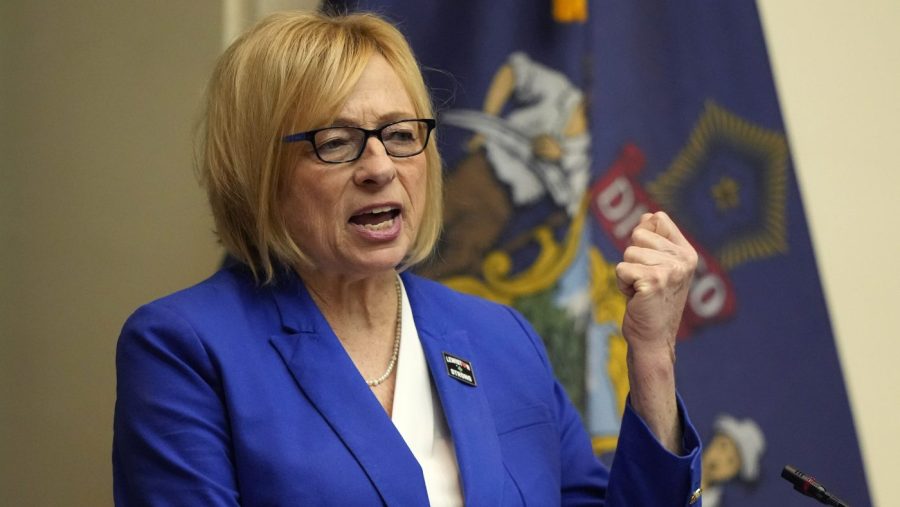The Strange Suicide of American Conservatism
Recent developments in American politics suggest a significant shift in the conservative movement, with traditional conservatism giving way to a more populist strain. This transformation, often referred to as “Trumpism,” has led some observers to declare the “suicide” of American conservatism as it was previously known.
Key Points:
1. Traditional conservatism is being challenged by populist elements within the Republican Party.
2. The rise of Donald Trump has reshaped conservative priorities and rhetoric.
3. Project 2025, a conservative policy initiative, has drawn both support and criticism.
4. There’s a growing ideological divide between conservative elites and the Republican base.
Background:
American conservatism has historically emphasized limited government, free markets, and traditional values. However, since Donald Trump’s rise to prominence in 2016, the movement has undergone significant changes.
The Shift in Conservative Ideology:
Traditional conservatism is expected to make a comeback after the turmoil of the Trump era, according to some experts. They argue that the policies of traditional conservatism are more likely to succeed than those of populism. However, the influence of Trumpism remains strong. The 2024 presidential election saw Trump re-elected, cementing right-wing populism as the dominant faction of American conservatism.
Project 2025 and Its Impact:
Project 2025, a conservative policy initiative, has become a focal point of debate. The project aims to reshape the United States government by appointing conservative officials across various departments. While supporters see it as a necessary step to implement conservative policies, critics view it as an attempt to push the country further to the right and consolidate power.
Public Opinion:
Recent polls show a mixed reaction to these developments:
1. Conservatives have become more optimistic about the future of free speech following Trump’s re-election.
2. However, the project has become less popular among Americans across the political spectrum, with unfavorable views rising most sharply among Democrats.
Ideological Polarization:
The U.S. political landscape is experiencing historic levels of ideological polarization. In 2024, 77% of Republicans identified as conservative, a new high, while the percentage of Democrats identifying as liberal also reached record levels.
Analysis:
The transformation of American conservatism reflects broader changes in U.S. politics. The rise of populism, increased polarization, and the influence of conservative media have all played roles in reshaping the movement. Some observers argue that this shift represents a necessary evolution to address the concerns of working-class voters. Others contend that it marks a departure from core conservative principles and could have long-term consequences for the Republican Party and American democracy.
As the conservative movement continues to evolve, its future direction will likely have significant implications for U.S. policy and politics in the coming years.









